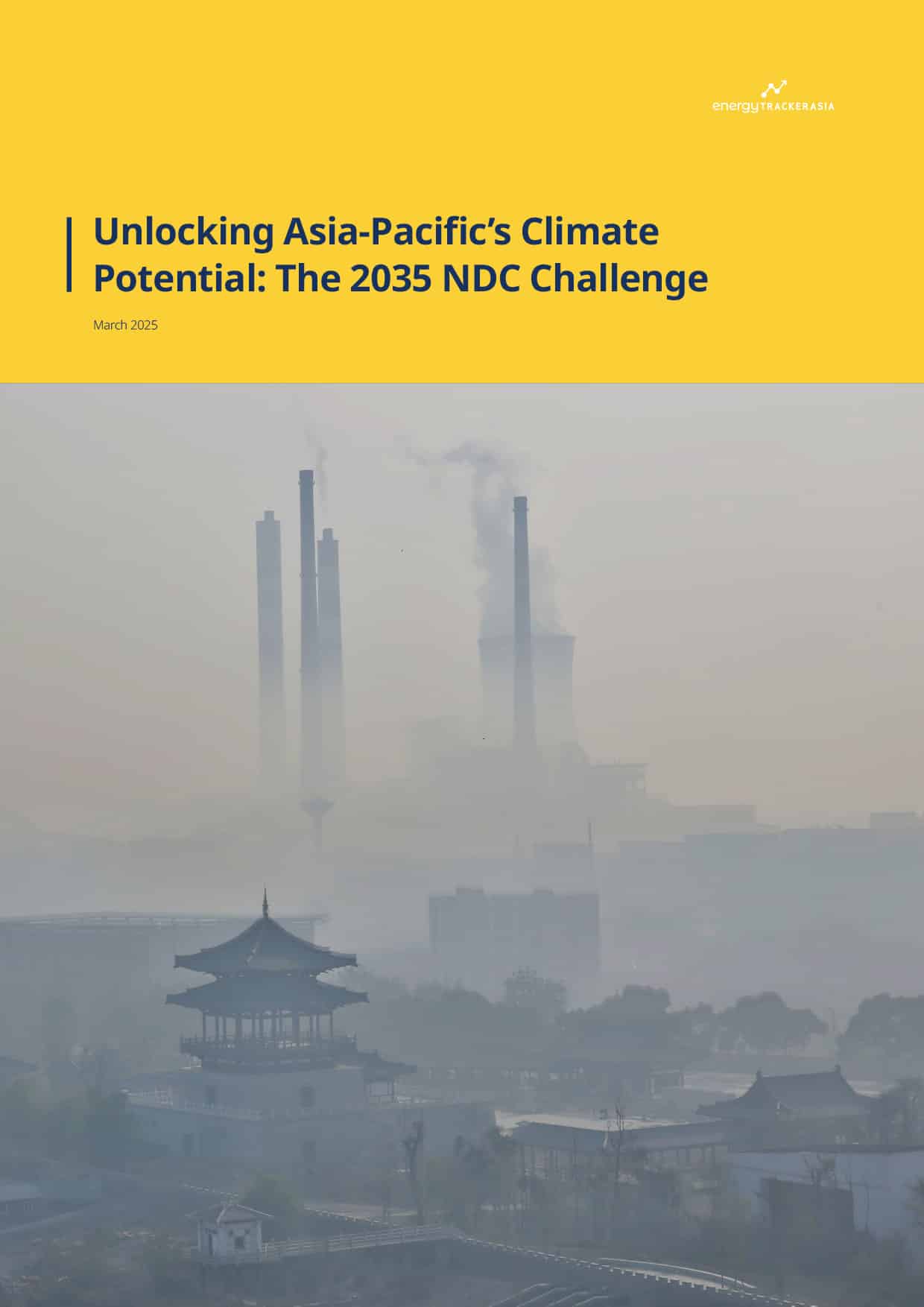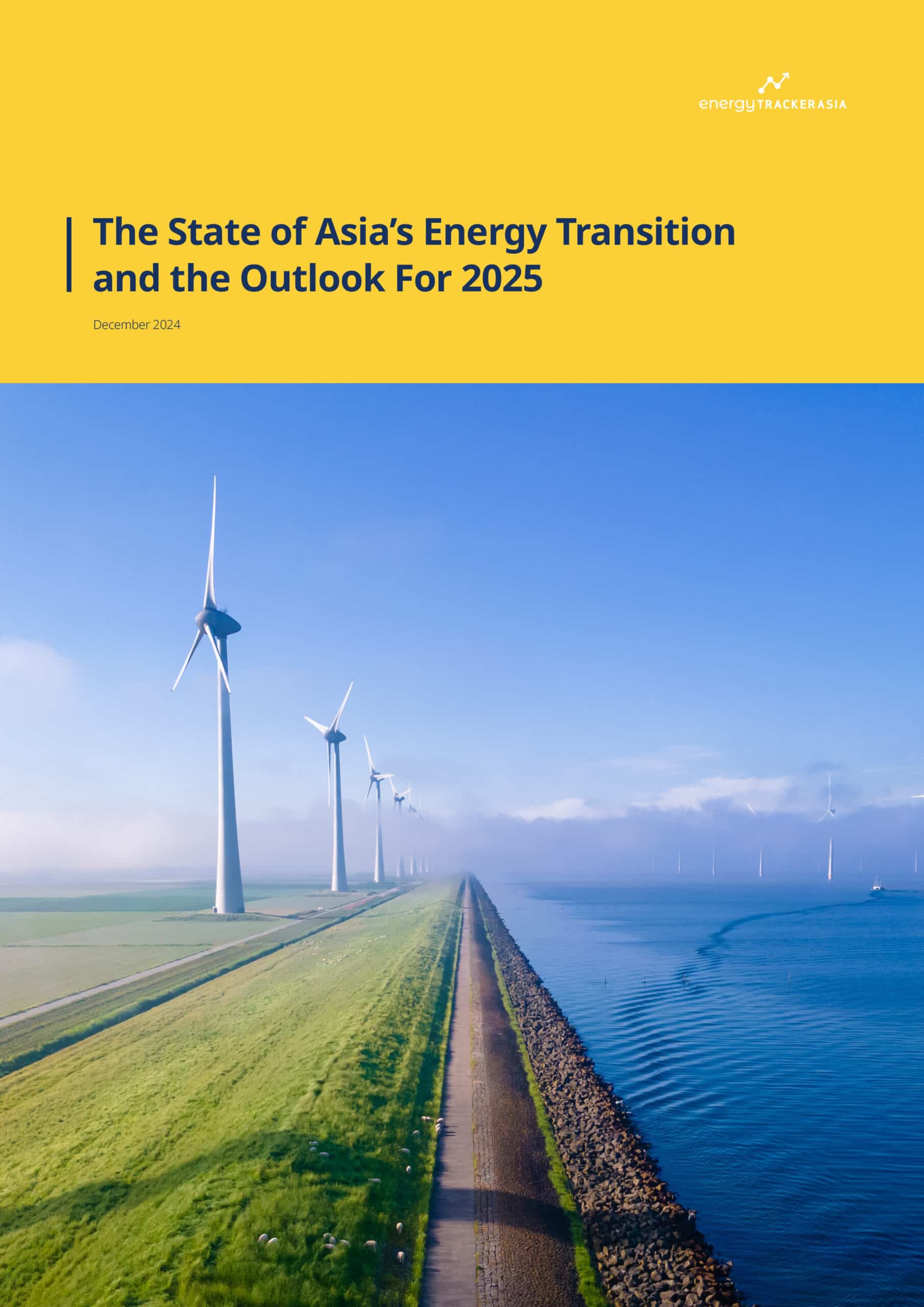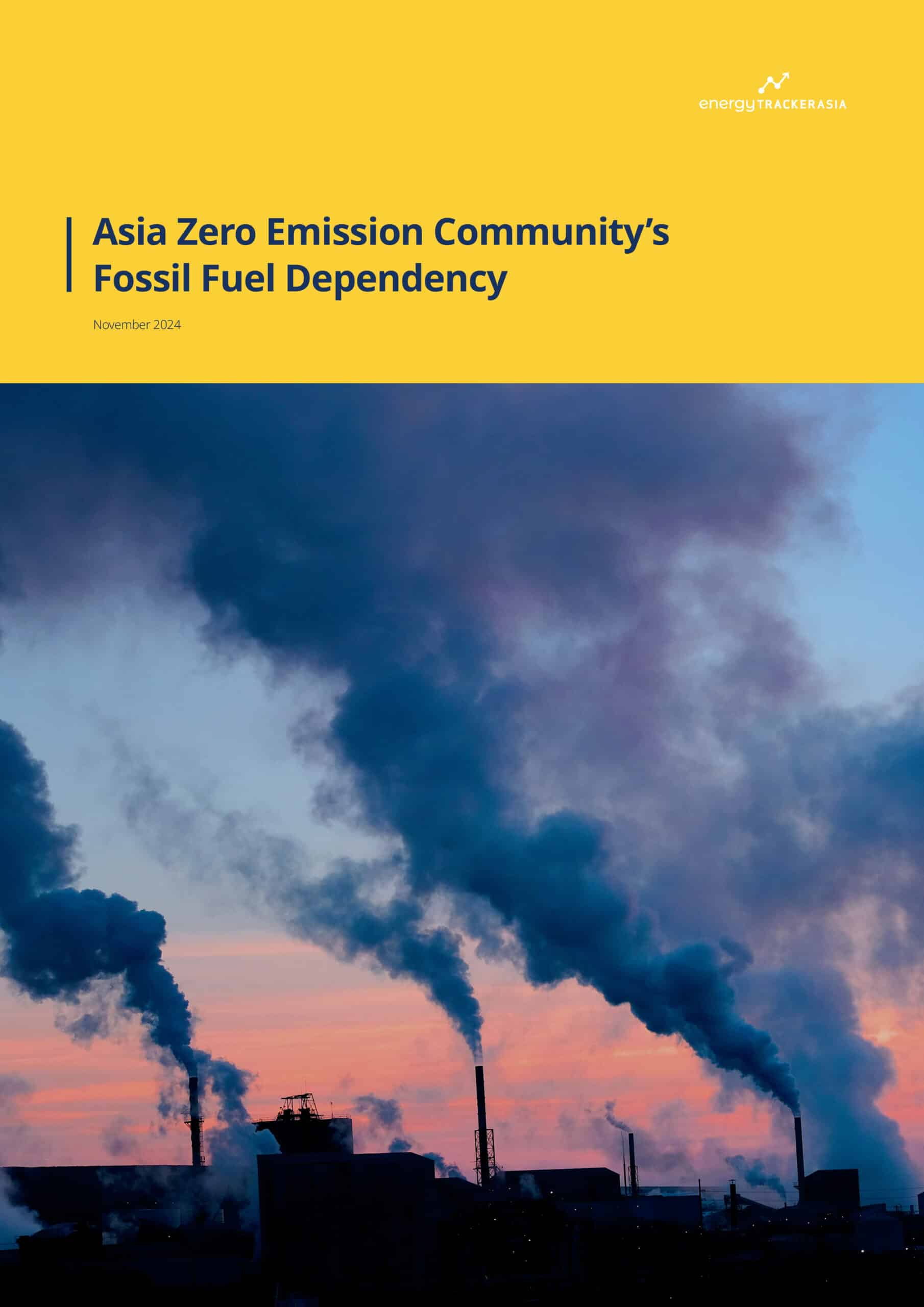Smog in India: A Nation Struggling to Breathe
Photo: Shutterstock / Arrush Chopra
05 November 2025 – by Heba Hashem
Smog in India has reached crisis levels, with serious conditions setting into many of the India’s most polluted cities. According to the 2024 World Air Quality Report by Swiss company IQAir, India now ranks as the fifth most polluted country globally.
Across major urban centres, fine particulate matter regularly exceeds World Health Organization (WHO) limits by more than 10-fold — posing grave risks to public health, economic growth and daily life.
Why Is There So Much Smog in India?
The thick haze over India’s cities stems from biomass burning, vehicle emissions from traffic congestion and inefficient fuel combustion, industrial activity, construction dust and the seasonal burning of crop residue.
Environmental research body iFOREST estimates that India emits nearly 5.2 million tonnes of direct PM 2.5 each year — microscopic particles small enough to enter the bloodstream through the lungs. Of this, 48% comes from biomass used for cooking and heating, 37% from industry and power plants, 7% from transport and 6.5% from open crop burning.
Delhi, The Most Polluted City
Northern India, particularly the Delhi National Capital Region (NCR), bears the brunt. During winter, stagnant air traps air pollutants close to the ground, creating dense, toxic smog that can send air quality indexes into hazardous territory.
A 2024 study published in Atmospheric Chemistry and Physics confirmed that biomass burning is the dominant source of particulate pollution across Delhi NCR, whereas emissions from traffic and industry are chiefly responsible for volatile organic compounds and secondary pollutants.
Stubble Burning in India: One of the Main Sources of Polluted Air
Winter brings another challenge. Every October and November, millions of farmers across Punjab and Haryana burn leftover stubble to prepare their fields for the next planting season. The resulting smoke plumes drift toward Delhi, blanketing the capital in a choking haze.
Last winter, farm fires contributed up to 40% of Delhi’s pollution, according to SAFAR, a forecasting agency under India’s Ministry of Earth Sciences.
While some reports suggest a 77% decline in stubble-burning incidents this year — largely due to floods that damaged crops — official data tells a different story. The Punjab Pollution Control Board recorded over 350 stubble-burning cases between Oct. 11 and 21, triple the number from the previous 10 days.
Delhi Air Pollution: Toxic Smog Blankets Delhi After Diwali
The crisis deepened in October 2025. Delhi ranked as the third most polluted major city in IQAir’s global tracker.
Despite a ban on firecrackers since 2020, enforcement remains weak. During Diwali 2025, crackers were openly sold and widely used.
Following the festivities on Oct. 21 and 22, Delhi’s Air Quality Index (AQI) spiked to a hazardous 442 — the worst in years. Levels of PM 2.5 soared to nearly 60 times the WHO’s safe limit, leaving the city shrouded in thick smoke. Residents described the air as “filled with smoke” and said they could “taste ash” in their mouths.
Delhi’s geography compounds the crisis. Situated on the Indo-Gangetic Plain, the city is surrounded by mountains that trap pollutants, while weak winds prevent dispersion. Cross-border pollution from neighbouring states further worsens the situation.
Air Pollution in India Pushes Health System to the Edge
Seasonal spikes in smog in India have made air pollution one of India’s most urgent public health crises. According to local media reports, hospitals are seeing a consistent rise in chronic respiratory and cardiovascular diseases, with pulmonology departments expanding to meet demand.
Preventive healthcare packages now routinely include lung function tests and air pollution risk assessments, while pharmaceutical companies are seeing unprecedented growth in sales of inhalers, air purifiers and respiratory supplements.
A 2024 study by the Karolinska Institutet linked 3.8 million deaths in India from 2009 to 2019 to air pollution exposure.
Poor Air Quality Deepens Social and Health Inequalities
While India’s wealthier urban residents can retreat to air-purified homes or escape to cleaner hill stations, millions of others cannot. For low-income workers, exposure is constant and unavoidable.
In Uttar Pradesh alone, over 83 million people are registered in the unorganised sector — a workforce that includes daily wage earners, street vendors and agricultural labourers who must work outdoors regardless of the air quality.
Doctors warn that the consequences of toxic smog in India are especially dire for expecting mothers and their unborn children. Polluted air, they note, can worsen asthma and reduce oxygen flow to the fetus, with studies linking prenatal exposure to premature birth, low birth weight and developmental delays.
The Hidden Economic Toll of India’s Air Pollution
Beyond health, India’s smog carries enormous economic costs. A report by Dalberg Advisors estimates that air pollution in India costs local businesses nearly USD 95 billion every year, about 3% of the country’s total GDP.
Pollution also threatens India’s clean energy ambitions. The Indian Institute of Technology (IIT) Delhi found that smog reduced solar panel output by 29% between 2001 and 2018, causing losses of up to USD 835 million annually.
With solar now accounting for 47% of India’s renewable energy capacity, such losses could slow the country’s progress toward its 500 GW renewables goal by 2030.
Agriculture is also suffering: air pollution is estimated to cut rice and wheat yields by up to 50% in heavily polluted regions, according to a BBC report citing IIT Kanpur scientist Sachchida Nand Tripathi.
Can Policy Improve Air Quality in India?
The Indian government’s National Clean Air Programme (NCAP), launched in 2019, aims to cut particulate pollution by 40% by 2026 (compared to 2018 levels), targeting 131 cities across 24 states.
However, progress has been uneven. A white paper by 58 environmental organisations urged the Ministry of Environment, Forest and Climate Change to strengthen NCAP 2.0, expand its reach and tie funding to measurable outcomes.
“Our analysis shows that most NCAP cities still breach national air quality standards, and rural India remains largely invisible in monitoring systems,” Nandikesh Sivalingam, director and cofounder of the Centre for Research on Clean Air and Energy, told the Indian Express.
“The next phase must close these gaps by mapping pollution across urban, rural and interconnected regions and by tying public funding to verified reductions in emissions sector by sector,” he added.
Indian Capital Responds Toxic Smog with Short-Term Fixes
Delhi’s local government continues to roll out emergency measures as India battles air pollution each winter — including driving restrictions, school closures and construction bans — to provide short-term relief.
Furthermore, on Oct. 24, it conducted cloud seeding trials over the smog-filled city for the first time in India, dispersing an unnamed chemical from an aeroplane to induce artificial rain and wash hazardous particles from the air.
Yet, experts caution that such efforts are temporary fixes at best, providing relief without tackling the root causes of pollution. According to IQAir, sustained improvement will depend on deep emission cuts, regional coordination and favourable weather patterns.
Until then, millions of Indians will continue to wake each morning to the same suffocating haze — a stark reminder that clean air, for now, remains a privilege rather than a right.




